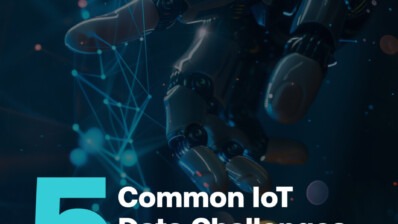7 IoT Smart City Trends to Watch in 2025
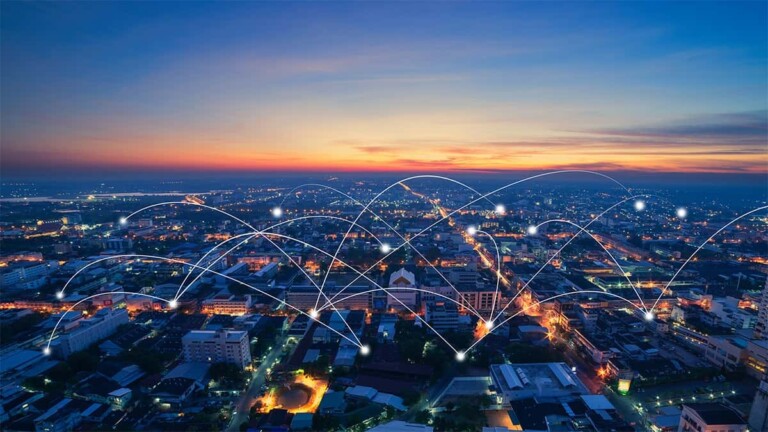
What is the Role of IoT in Smart Cities?
The role of IoT in smart cities is transformative, enabling leaders to leverage advanced technologies and IoT devices to collect and manage data across public services. These devices range from connected sensors, streetlights, and meters to larger systems like waste and public transport management. With all elements feeding into a centralized control platform, cities can analyze real-time data, optimize operations, and implement the most efficient strategies for enhanced urban living.
Since Amsterdam claimed the title of the first virtual ‘digital city’ in 1994, the concept of the “IoT smart city” has boomed throughout the 2010s as data became cheaper and technologies were more widely adopted. This isn’t going to end anytime soon – In the UK alone, the Smart Cities market is projected to generate $1.52 billion in revenue by 2024, growing to $2.63 billion by 2029 (1), and worldwide, it’s expected that up to 70% of the world’s population will live in cities by 2050 (2).
As urbanization accelerates, the pressure on IoT-powered infrastructure to be responsive, resilient, and sustainable increases, demanding scalability without compromising residents’ quality of life. In this article, we’ll dive into seven key trends set to revolutionize the IoT landscape in 2025, redefining how smart cities address new challenges and foster innovation.
1. 5G Connectivity
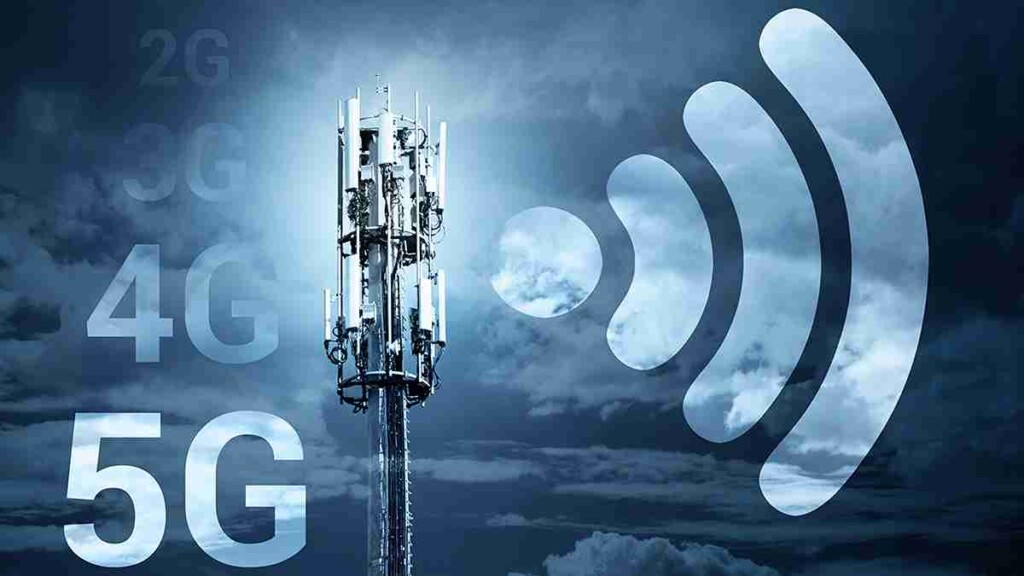
If this decade’s network modernization is the road being built, then 5G connectivity is the high-speed supercar everyone’s eager to drive. With its fast speeds, low latency, and enhanced bandwidth, 5G facilitates real-time data transmission, which is essential for IoT applications.
The combination of lower power consumption and built-in sustainability makes 5G an attractive option for reliably transmitting large amounts of data (3):
- Fiber is more efficient and sustainable than copper wire.
- 5G is more efficient than 3G and 4G with a fewer number of radios supporting an increased number of devices.
- 5G is often used to connect IoT devices, many of which are working to solve efficiency problems by only using power when it’s needed — cutting out excess and overuse.
With such promise, it’s no wonder that the global private 5G network market is expected to grow significantly, reaching $36 billion by 2030 (4). Retail and commercial industries are especially invested in this trend, driven by the rise of connected cameras that demand consistently high bandwidth and the growing use of Digital Out-of-Home (DOOH) signage.
2. AI Urban Planning
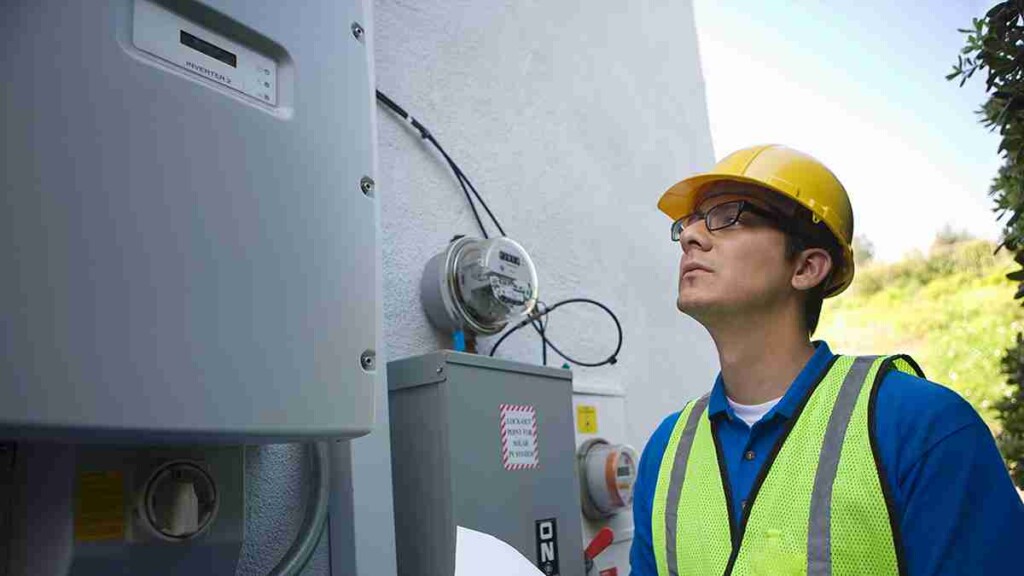
In urban planning, the synergy between land use and the built environment is crucial for creating cities that function efficiently and stand the test of time. By leveraging IoT technology with AI, cities can automatically gather data from sensors and cameras, train traffic and resource systems to understand demand levels, and take a holistic approach to resource allocation, ensuring more effective and sustainable urban management.
The challenge for city leaders will be how to integrate new technology with existing systems at the component level, and how to battle with various connectivity levels across cellular, Wi-Fi (municipal or private-owned) and wide area networks (LPWAN or LoRaWAN).
However, it could be well worth it for the cost savings from reduced maintenance overheads and lower energy consumption – you can expect to see more cities automating processes and introducing solutions, like:
- Smart street lights – Smart lighting combines lower-power LED bulbs, motion sensors and situational programming to record an environment’s daily sun exposure and frequency of foot traffic to monitor and adjust lighting needs accordingly. It can help solve specific problems. UK local authority Milton Keynes Council used Telensa smart lighting to gain an annual energy savings of over 60%, and to resolve ‘dayburner’ issues, where faulty equipment fails to turn off the lights at sunrise.
- Smart metering – Smart meters are integrated devices that collect and transmit energy usage and systems information to utility companies in real-time, who in turn issue bills and maintain meter performance remotely. Removing the need for regular manual meter readings can support more remote customers and save workforce costs. Japanese energy company Nicigas built was able to serve tens of thousands of homes, while saving on monthly in-person visits, paper billing and administrative costs.
3. Sustainable Transportation
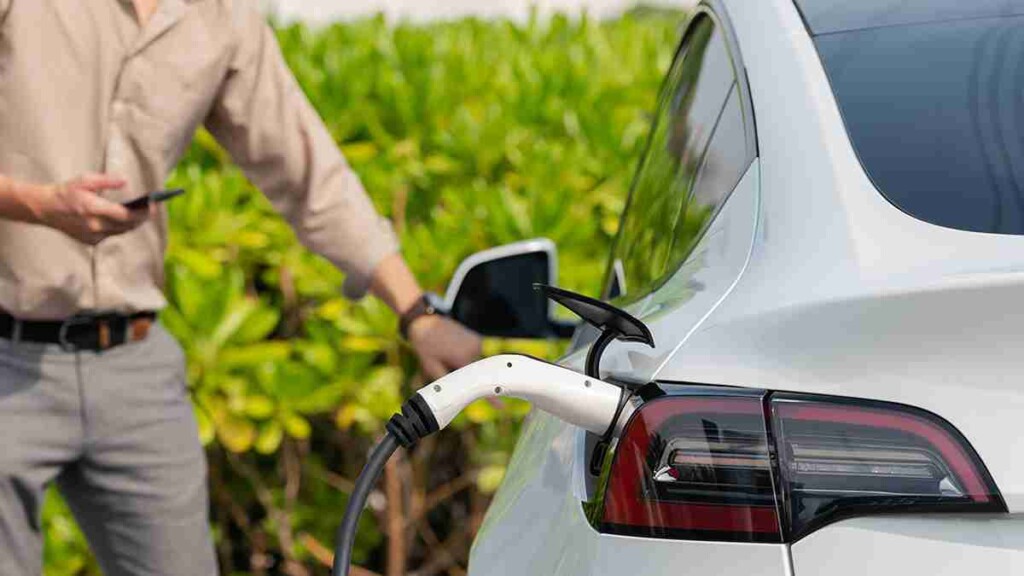
Sustainable transportation, bolstered by intelligent infrastructure, is a trend set to continue changing the automotive sector, continuing to explore electric, hydrogen-based, and hybrid power as carbon footprint reduction is prioritized. Companies like Ford are leading the charge, with plans to invest over $50 billion in electric vehicle (EV) development by 2026 (5), reflecting a broader industry commitment to meeting stringent emission targets, such as the EU’s 93.6 g CO2/km standard for cars (6). IoT and real-time mobility data is enabling hands-free driving, infotainment, smart EV charging networks, and vehicle to everything (V2X) technology, allowing vehicles to seamlessly connect with their surroundings (7).
Smart cities are benefitting from Mobility-as-a-Service (MaaS) platforms, like ride-sharing platform Uber, and pop-up bus services like Citymapper’s local pop-up shuttle services, that use advanced data monitoring and connected communication with driver devices to provide reliable and fast customer trips. Both companies have enhanced their platforms to include multi-service offerings; Uber’s platform integrates with UberEats and UberTravel, while Citymapper’s platform embraces Multi-modal transportation journey planning across rail, road, and boat.
Transport businesses are also seeing cost reductions and time savings with IoT Asset Tracking solutions. Particularly of value is visibility and real-time tracking of Returnable Transport Items (RTIs) – items like drums and containers that are frequently misplaced, stolen or misdirected throughout the supply chain – and Non-Powered Mobile Assets (NPMAs), which don’t require an external power source to operate their tracking devices.
4. Energy and Air Control
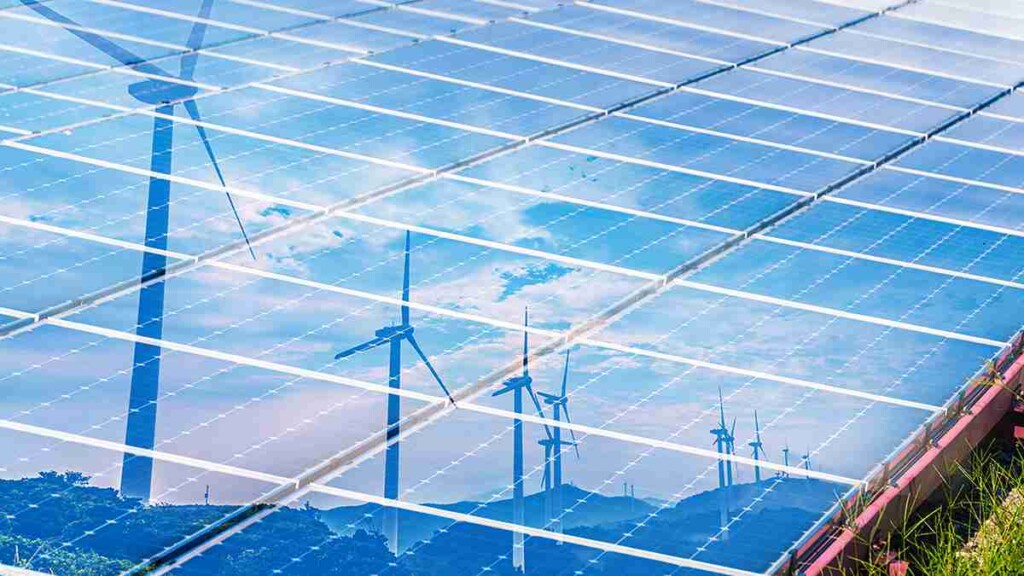
In a smart city, renewable energy sources are becoming increasingly prevalent. Managed distributed energy resources (DERs) – like solar panels and wind turbines – use IoT sensors and data analysis to help optimize energy distribution.
Countries are developing large-scale energy projects that are transforming the landscape of cities and surrounding bodies of water. China, the global leader in solar farms, takes the title of world’s largest solar farm with Xinjiang solar farm offering 5GW of solar capacity (8), while preventing water loss through evaporation. In Dubai, The Mohammed bin Rashid Al Maktoum Solar Park is operational, looking to generate 5,000MW from photovoltaic and Concentrated Solar Power (CSP) technologies by 2030 (9).
Temperature control is a key aspect of how to utilize available resources to maintain efficient temperature control in smart cities. Businesses are embracing energy-saving IoT solutions to solve residential and commercial temperature challenges in Heating, cooling and air conditioning (HVAC):
- Residential (low-rise buildings, unit and hostels) – The HVAC systems market is expected to reach USD 28.3 billion by 2025 (10) because management interfaces are poorly configured for cooling requirements and energy consumption varies by environment. Italian business Enerbrain is reducing the costs associated with managing real estate properties with a cloud-driven set of IoT technologies that improve resource efficiency, tenant comfort and achieves energy savings of up to 30%.
- Commercial (Hotels, restaurants, airports) – The commercial refrigeration equipment market size is forecast to increase by USD 14.85 billion with growth at a CAGR of 6.66% between 2024 and 2028 (11). UK-based Sollatek has developed commercial refrigeration solutions designed to monitor Variable Refrigerant Flow (VRF) and control the temperature, energy usage, and voltage stability to remotely control cooling system functionality in real time.
5. Community-Centric Data

Community-centric planning involves urban planners directly engaging with residents to gather insights into their current experiences and aspirations for their living conditions. If an IoT infrastructure exists with connected devices, sensors and camera data, cities can use the data insights to consider the ideal use cases for development before any initial expenditure. During projects, it also allows for timely feedback, through initiatives like participatory budgeting (where residents support how funding is spent) and crowdsourcing solutions to city challenges.
While urban planners have to consider a range of views, residents will focus on more personal considerations, like the impact of smart city initiatives on their quality of life. This includes public safety, pollution, ease of mobility, reliability of public services, and aesthetically pleasing surroundings.
Citizen’s interests in smart cities are driven by quality-of-life enhancement services (S&P Global 2024) (12)
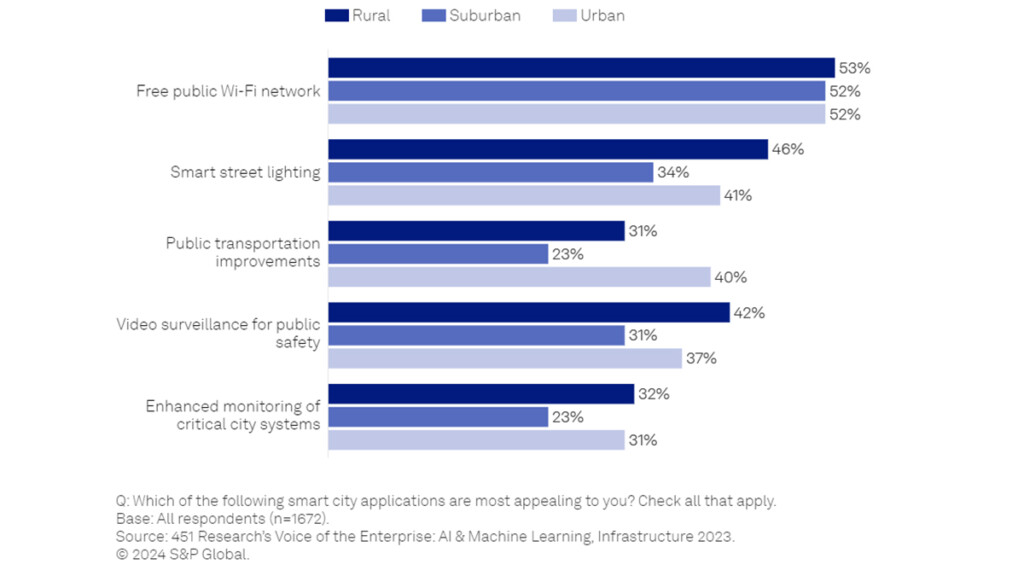
Some organizations are blending the two worlds of IoT architecture and residential comfort with smart tech:
- Physical architecture – Portuguese company Omniflow has created a stylish and non-intrusive windmill that combines wind turbine, solar power and IoT sensor technology to offer carbon-neutral lighting and electricity.
- Data reporting of resident perceptions – Reporting initiatives like the annual International Institute for Management Development (IMD)’s Smart City Index assesses 120 residents’ perceptions across 142 cities worldwide to give referenceable data comparisons of attitudes over time.
- Data management access for residents – City governments are investing in digital government services, which residents can access using self-serve portals. New York’s government created MyHYCHA to provide a free and accessible way for residents to proactively engage with and monitor city updates.
6. Disaster Preparedness
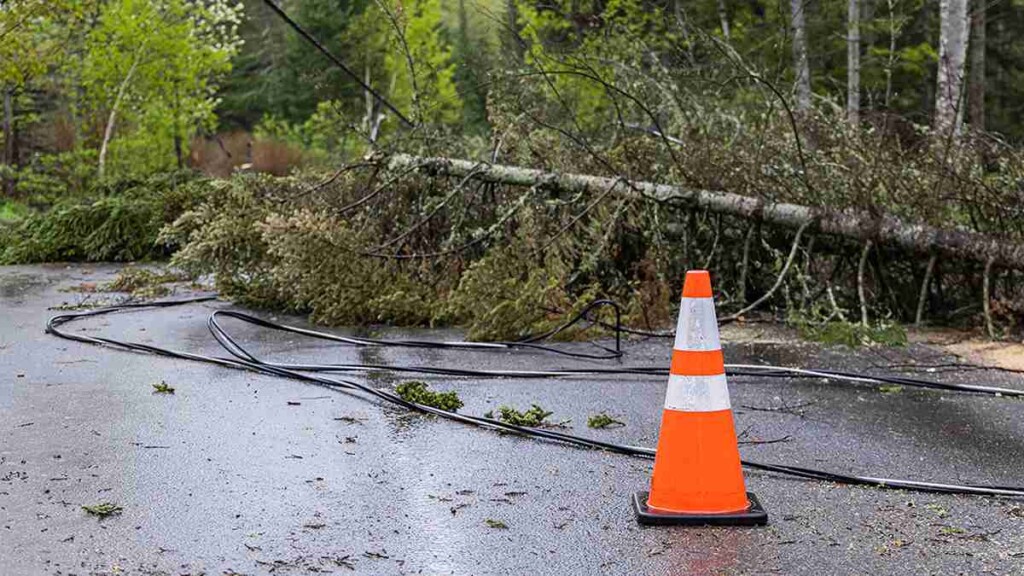
Climate change is a continued threat to the stability of smart cities. The UK Health Security Agency estimates that England’s total cost of heat-related mortalities from climate change is expected to be around £6.8 billion per year in the 2020s, rising to £14.7 billion per year in the 2050s (13). More extreme weather events bring the challenges of building environments that can handle flooding, drought, earthquakes, and shifting temperatures.
Smart cities are preparing for natural disasters with IoT technologies in a number of ways:
- Building resilience into the smart city system – Weather and environmental sensors can predict changes and activate early warning systems, while smart buildings are constructed with flood-resistant materials from the outset. Additionally, decentralizing energy grids and incorporating microgrids provide flexibility and stability during power supply disruptions or grid failures. Hear how IoT monitoring technology is being used in smart buildings in New York City:
- Creating disaster recovery plans – Using historical data on traffic and occupancy, coupled with real-time sensor and camera information, can assist city officials with designing and updating evacuation routes. By integrating these data sources, cities can better anticipate potential bottlenecks and adapt to evolving situations.
- Optimizing emergency service resources – Smart cities only have a finite amount of police, fire, emergency medical services (EMS) and disaster response resources, so having a smart agile plan for deployment could provide faster response times and save lives.
7. Circular Economy Practices
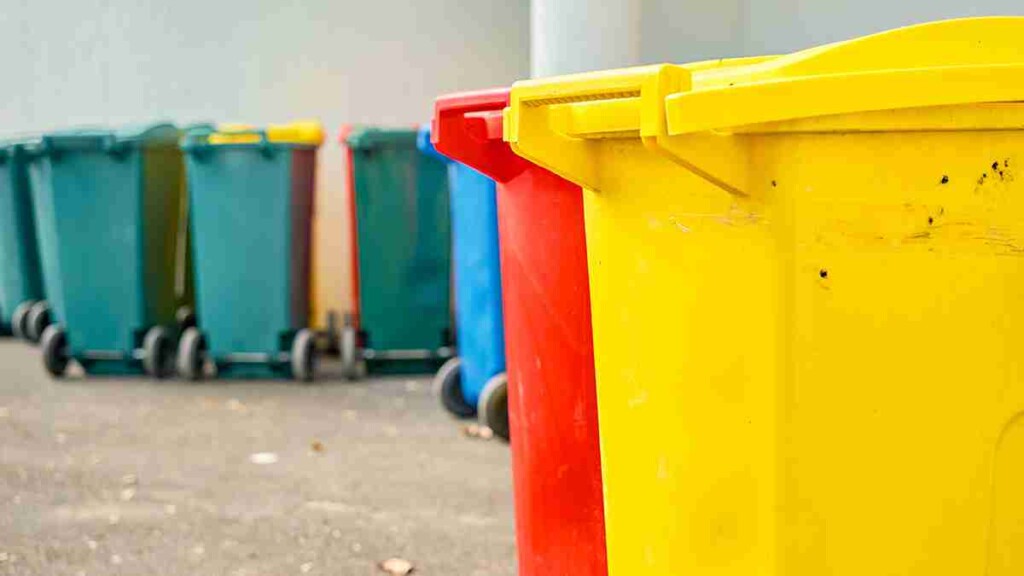
How can city utilities management become more sustainable and less wasteful? In addition to managing smart cities’ consumption of products and energy, there’s a growing emphasis on addressing the escalating waste being sent to landfills and reducing greenhouse gas (GHG) emissions.
Circular economy practices are integral to the sustainability goals of smart cities. We’ve seen cities go ‘eco-friendly’, adopting recycling programs, sustainable products and investing in waste-to-energy projects. By 2025, more cities will adopt these practices, supported by IoT technologies, to minimize environmental impact.
For example, more organizations will opt to use IoT sensors in waste containers and at facilities to collect and analyze data like fill levels, collection dates and waste collection routes. By analyzing data, companies can decide the best routes based on activity, helping to save time, money and aid recycling efforts. American smart waste management company Enevo achieved a 40% average reduction in dumpster collections with data-driven re-scheduling.
…………………………
Change is Happening Already
Countries and cities like Smart City of the Year 2023 Curitiba (Brazil), Barcelona (Spain), Singapore, and Amsterdam (Netherlands) are leading the charge in IoT smart city development, setting the standard for urban innovation.
Learn more about IoT and smart cities through our expert blogs and podcasts:
- How can data collected by IoT devices support Eco-Conscious solutions?
- Opinion: Smart cities require smart security
- Are you at the start of your IoT journey? Check out our podcast Making sense of IoT
If you’d like to chat with us about your smart city project, sign up for our free IoT consultation. We’d love to talk over your plans and put you in touch with our IoT experts for personalized support and information.
…………………..
- https://www.statista.com/outlook/tmo/internet-of-things/smart-cities/united-kingdom#:~:text=In%20the%20United%20Kingdom%2C%20the,US%242.63bn%20by%202029
↩︎ - https://unstats.un.org/sdgs/report/2023/?_gl=1*1d1tb04*_ga*MTM1MDY0Njc4MS4xNzI0NzcyMjI1*_ga_TK9BQL5X7Z*MTcyNDc3MjIyNC4xLjAuMTcyNDc3MjIyNC4wLjAuMA ↩︎
- https://www.salesforce.com/communications/future-of-telecom/ ↩︎
- https://futureIoT.tech/hong-kongs-smart-city-transformation-accelerates-with-private-5g/ ↩︎
- https://www.axa-im.co.uk/research-and-insights/investment-institute/future-trends/smart-cities-tech-driven-future-stakeholder-potential ↩︎
- https://climate.ec.europa.eu/eu-action/transport/road-transport-reducing-co2-emissions-vehicles/co2-emission-performance-standards-cars-and-vans_en#:~:text=2025%20to%202034,%2Fkm%20(2030%2D2034) ↩︎
- Hassebo, Ahmed, and Mohamed Tealab. 2023. “Global Models of Smart Cities and Potential IoT Applications: A Review” IoT 4, no. 3: 366-411. https://doi.org/10.3390/iot4030017 ↩︎
- https://www.reuters.com/world/china/worlds-biggest-solar-farm-comes-online-chinas-xinjiang-2024-06-03/ ↩︎
- https://www.mbrsic.ae/en/about/mohammed-bin-rashid-al-maktoum-solar-park/ ↩︎
- https://www.globenewswire.com/news-release/2019/04/12/1803396/0/en/Global-Smart-HVAC-Control-Market-Will-Reach-USD-28-3-Billion-By-2025-Zion-Market-Research.html ↩︎
- https://refindustry.com/news/market-research/commercial-refrigeration-equipment-market-size-and-forecast-2024-2028/ ↩︎
- Roth, Zoe, and Melissa Incera. 2024. “The Rise of AI-Powered Smart Cities.” S&P Global. Published May 18, 2024. https://www.spglobal.com/en/research-insights/special-reports/ai-smart-cities ↩︎
- https://assets.publishing.service.gov.uk/media/659ff6a93308d200131fbe78/HECC-report-2023-overview.pdf ↩︎




